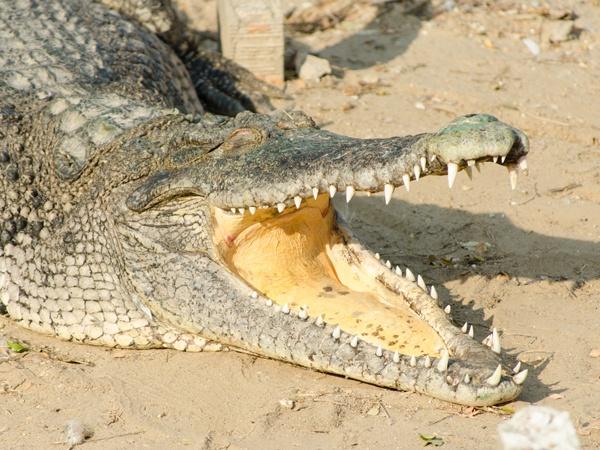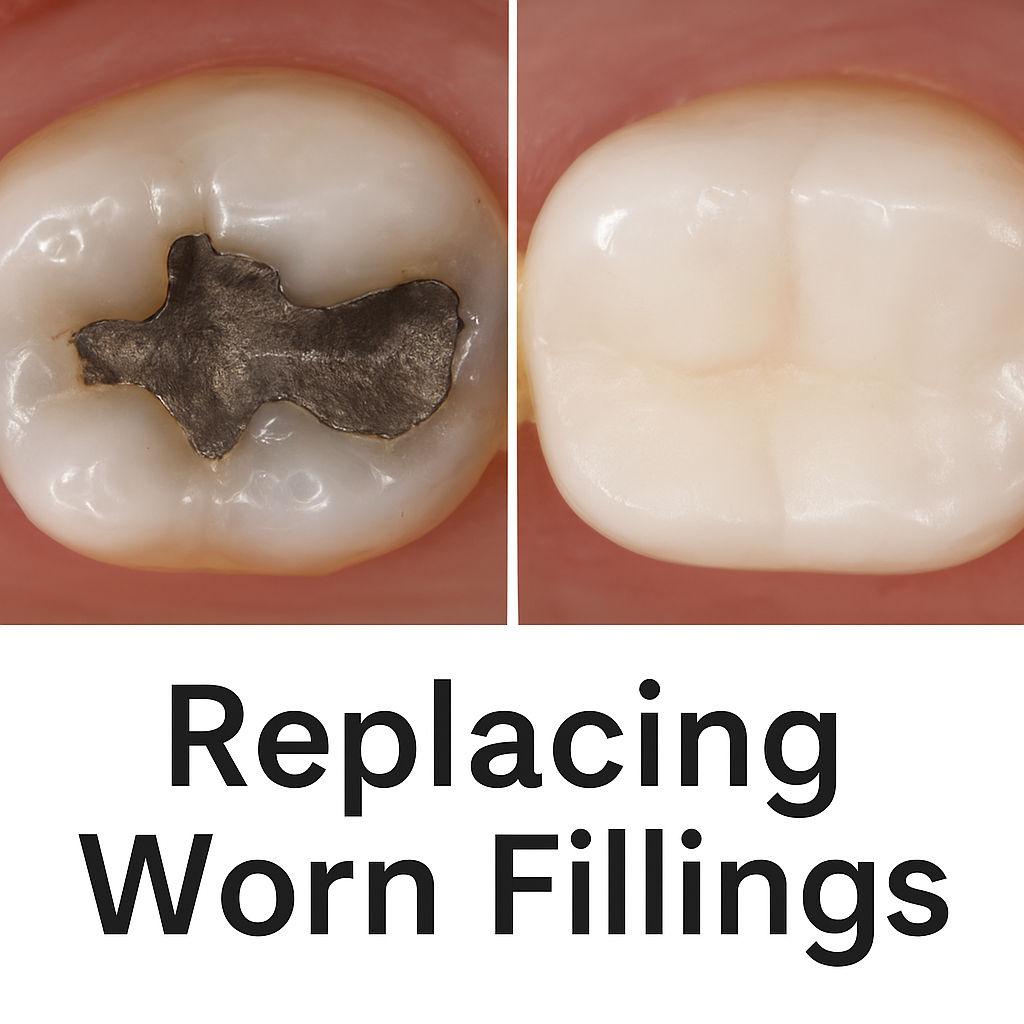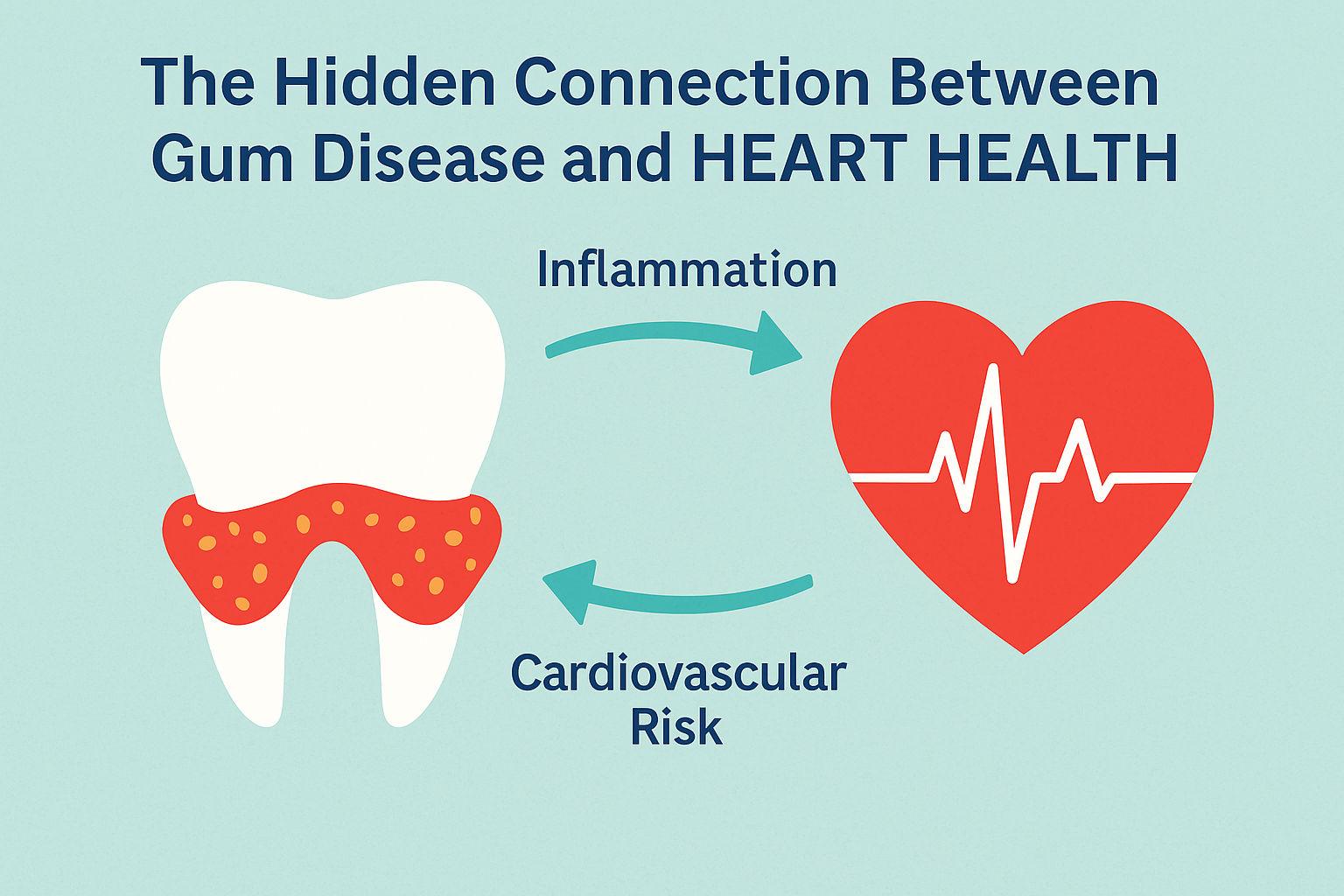When I was a kid I vividly remember going to the dentist and seeing a cartoon picture of a bird sitting in a crocodile’s mouth picking at a tooth. It seemed curious to me then, and as I waited for my dental appointment I remember wondering why that bird was stupid enough to sit in that particular location for lunch. I’ve since learned from school teachers that these particular birds have a symbiotic relationship with crocodiles. The crocodiles supposedly permit the birds to sit on their teeth for a while because they receive a teeth cleaning which prevents dental and gum disease and keeps them alive longer. The birds, on the other hand, receive a free meal for their service. This supposed symbiotic relationship has entered into pop culture so much that if you see a lot of dental things, as I do, you’ll inevitably see some cartoon birds sitting inside the mouth of cartoon crocodiles.
But is this bird-crocodile friendship a real thing or just an elaborate hoax to find a cool mascot for dentistry? I decided to investigate and get some closure on a question that has been buried in my brain for about 30 years. Little five-year-old Nick who was skeptical of that dumb bird sitting in a crocodile’s mouth, this one’s for you.
- Consider the Source. The whole idea that crocodiles might have a symbiotic relationship with birds began with Herodotus, the famous Greek historian from the 5th century B.C. Herodotus describes a bird he called the “trochilus” and wrote “when [the crocodile] leaves the water and comes out upon the land, is in the habit of lying with his mouth wide open, facing the western breeze: at such times the trochilus goes into his mouth and devours the leeches. This benefits the crocodile, who is pleased, and takes care not to hurt the trochilus.” As much as I respect his contribution to history, it should be noted that Herodotus’ writings are fully of fantasy and inaccuracy, probably because he was going for entertainment value as much as historical accuracy. That’s no knock on him, because without his writings, we’d know next to nothing about much of ancient Greek history. But as a source for biological relationships, he’s not the most reliable person around.
- No evidence exists. Although we don’t exactly know what kind of bird Herodotus’ trochilus is, many have said that the Egyptian plover is the most likely candidate. Plover birds are frequently found hanging out around crocodiles in Egypt. However, there are no pictures or videos in existence of a plover or any other bird cleaning food from the mouth of a crocodile. My background is in zoology and I am very aware of the extreme efforts scientists make to record natural phenomena. Zoologists and biologists have amazing patience and creativity and if something like this was legit, we’d probably have some sort of evidence by now. Yes, I know you’ve seen a picture of a bird in a crocodile’s mouth, but they all come from Photoshop. I looked at just about every picture Google has to offer and they’re all fakes. Nobody has ever claimed to take an actual picture of symbiotic cleaning in crocodiles. There are plenty of pictures of crocodiles with birds all around them though. Why do crocodiles let birds hang out near them? Probably because it’s not worth their time chasing such small and elusive prey.
- Crocodile Teeth Don’t Need Cleaned. Similar to sharks, Crocodiles are constantly growing new teeth and shedding old ones. Even if a tooth breaks off or stays around long enough to get a cavity, it would eventually be replaced by a new tooth. There is no evolutionary or survival advantage to having a bird do a tooth cleaning. Crocodile teeth are spaced out pretty far as well, so it would be quite impossible for food to become stuck between teeth. As for the reason crocodiles keep their mouths open, it’s not because they’re waiting for hungry birds to land. Crocodiles, being ectothermic animals (“cold-blooded), have only three ways to reduce their body temperature when they get hot: find shade, take a dip in the water, or open the mouth and let heat transfer through the soft, moist skin of the mouth and tongue.
In summary, I’m afraid the evidence in favor of this myth is severely lacking. Besides the writings of an ancient Greek guy with a penchant for dramatization, there is nothing there to support the myth of a such a relationship between crocodiles and birds. And from a scientific stance, it simply holds no water. I’m sorry to bust such a fun story and be the skeptic on dentistry’s unofficial mascot, but a symbiotic dental care relationship between crocodiles and birds is just too ridiculous for me to believe.
-Nicolas K. Young, DMD









